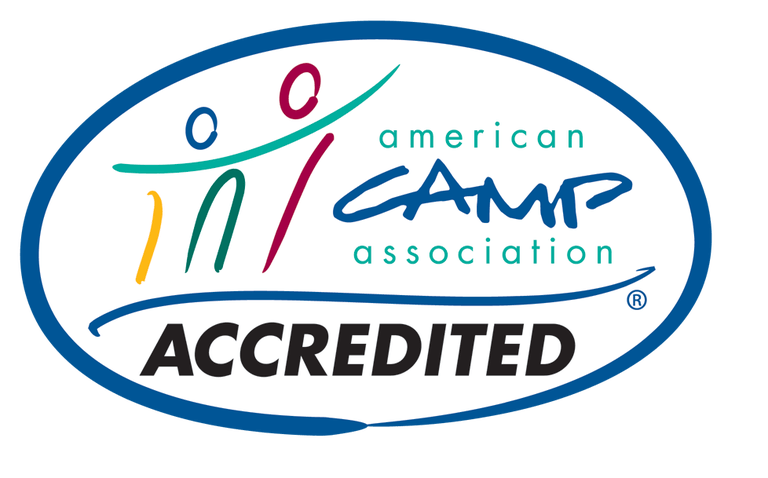Lichen
/Walking through the forest in the Pacific Northwest, you can see many different organisms growing on trees and rocks. Much of what is growing is a primitive plant called moss, which thrives in a damp forest. Another organism is often overlooked or mistaken for moss. This is lichen. Lichen is actually not a single organism; it is two working together. Personally, the way I tell the difference between lichen and moss is moss tends to be a darker green and spongy as it absorbs more water than lichen. When lichen is green, the green is often paler than moss. Some lichen has black on it and some are yellow or orange. Lichen also grows in a wider variety of shapes compared to moss. It can be stringy, leaf-like, or can be flat on a surface.
Moss on top, Lichen on the bottom
Lichen is the combination of fungus and algae (or cyanobacteria) working together. An silly and easy way to remember this is that “Freddy Fungus and Ally Algae took a lichen (like-in) to each other.” The fungus provides the structure and growing space while the algae photosynthesizes, uses sunlight and carbon dioxide to make food. Without the fungus giving the algae somewhere to grow where there is enough sunlight, the algae would not be able to survive in this environment. Without the algae making food, the fungus would not have enough energy to grow.
Relationships between organisms such as these are called “obligate mutualistic” relationships. In a mutualistic relationship in nature, both organisms involved benefit from the interaction. They help each other survive, grow and/or reproduce. Another example of a mutialistic relationship is bees and flowering plants. Bees get nectar and pollen from flowers and in turn help the flowers by spreading pollen to near-by plants. This helps the plants make seeds that will turn into more plants. The obligate part of the relationship means that they need each other in order to survive. The fungus or algae would not exist where they do if they didn’t have their counterpart helping them.
Lichens aren’t only a neat example of two species working together, they are important to the habitat they grow in. Some lichens cause biological weathering, they break rock down into minerals that can be used by plants and animals. They do this by releasing chemicals that wear away the rocks. Also as they grow, their thalli, the part of the lichen that attaches to the surface it is growing on, causes bits of the rock to crack. Lichen also is food for many animals in the forest, including deer. It can be used as nesting material for birds. Lastly, lichen can actually help us learn about pollution levels. It can absorb certain types of pollution and hold it in the thalli. Scientists can then look at the thalli on a chemical level to test for pollution. This process is called lichen biomonitoring.
Use this picture to help you with the first question of the quiz








